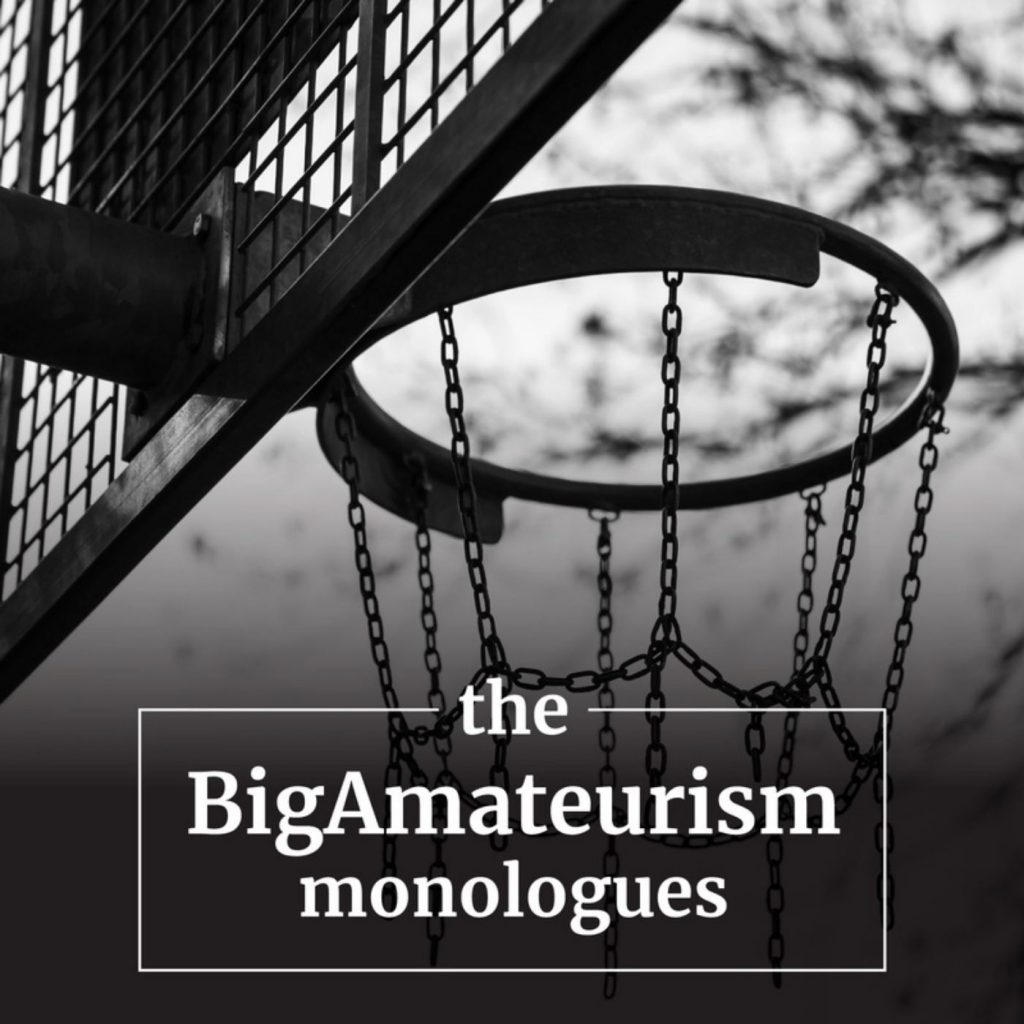Episodes
As the NCAA’s grip on its monopolistic empire slips away through its arrogance, greed, and incompetence, the quest for “uniformity” in name, image, and likeness legislation is alive and well. The NCAA, Power 5, state legislatures, governors, individual NCAA institutions, and the Uniform Law Commission cling to the myth that material non-uniformity exists in the evolving NIL regulatory marketplace. In the federal legislative arena, the NCAA and Power 5 use uniformity as the basis for their campaign for a single, national, “uniform” standard for NIL “compensation.” In this context, the use of “uniformity” is nothing more than a seductive veneer for federal preemption of all state, institutional, or private commission NIL regulations that threaten the NCAA’s monopolistic control over amateurism-based compensation limits. This use of “uniformity” has little to do with consistency on substantive NIL rights. Instead, it is a pretext for the elimination of all other legislative external regulators of college sports. States, member institutions, and the ULC have endeavored in good faith to offer bona fide, substantive NIL opportunities for athletes. Contrary to portrayals of these efforts as resulting in an inconsistent “patchwork” or “hodgepodge” of conflicting NIL rules, there is striking similarity among these proposals. These similarities are largely built around amateurism-based limitations on NIL activity. These limitations align with the NCAA/Power 5’s “guardrails” and “consensus principles” that defined the NIL debate from the very beginning in early 2019. In this episode, I use as an example of these dynamics the recently adopted ULC “Uniform College Athlete Name, Image, and Likeness Act.” Ironically, despite the NCAA’s waning influence in college sports, the very principles upon which its business model is predicated have been preserved in laws and regulations ostensibly designed to move away from NCAA amateurism-based restrictions. In attempting to strike a balance between moving athletes’ rights forward and preserving the “integrity of college sports” (insistence on framing NIL regulation around “amateurism”, the “collegiate model”, the “student-athlete”, and the micro-regulation of “bad actors”) have external regulators tilted that balance in favor of NCAA/Power 5 status quo commercial interests?
In this episode, I frame the context for the period 2019 – present, which may be the most consequential era in college sports history. I do a summary of crucial milestones in the modern era of college sports leading up to 2019. I identify six themes that have developed over the last seventy years that have come to define the business of big-time college sports: (1) the belief among in-system stakeholders that the NCAA and only the NCAA should be the sole regulatory authority in college sports; (2) the decades long tension between powerful football interests (now the Power 5) and the NCAA national office; (3) the unprecedented market dominance and political influence of the Power 5 conferences; (4) the propaganda tactics used by the NCAA and Power 5 to manipulate public opinion and decision-makers in Congress, federal courts, and state legislatures to NCAA/Power 5-friendly positions; and, (5) the influence of Myles Brand’s “collegiate model” to justify the amateur-professional dilemma. All these themes will influence the next round of Senate hearings after the August recess in what may be the final phase of the perfect storm.
In this episode, I set the table to analyze the perfect storm from May 2019 to the present. I return to one of the most fundamental questions in higher education: why are universities in the business of college sports? I frame the response to this question around the “amateur-professional dilemma” defined by sports historian Ronald Smith in his 1988 book Sports and Freedom: The Rise of Big-Time College Sports. I then turn to two crucial false narratives that have influenced the debate over name, image, and likeness: (1) “competitive balance” in college sports; and (2) the portrayal of athletes, agents, boosters, and third-party contractors as “bad actors.” The battle to preserve or avoid losing a “competitive advantage” in the talent acquisition market has reached a fever pitch in the NIL debate. State legislatures and governors in Power 5 states view this issue as an emergency that requires immediate action. At the same time, big-time college sports stakeholder-beneficiaries have doubled down on their characterization of all external actors in the NIL marketplace as “bad actors.” Decision-makers use this theme to impose unnecessary restrictions on NIL activity. These restrictions may have a disproportionately negative impact on black revenue-producing athletes.
Resources:
A Timeline of College Sports Inflection Points (cagerredux.com blog, 2/12/2020)
With the Senate in recess until September, it is safe to assume that the Power 5 are reframing their strategy in Congress. This episode looks back on how the Power 5 planned to pursue and disguise their interests in the Senate in late 2019 and into 2020. Through secret discussions in With December of 2019, Power 5 commissioners, president, and chancellors orchestrated a congressional influence campaign independent of the NCAA national office and Mark Emmert. In documents memorializing their stealth campaign, the Power 5 laid the framework for asserting their interests in the Senate under the NCAA banner. The execution of their plan was a fiasco and exposed the lack of leadership both within the NCAA national office and the Power 5 conference commissioners’ offices. The Power 5 stressed the appearance of unity among all in-system stakeholders, particularly between the Power 5 and NCAA. The NCAA’s/Power 5’s failure to achieve antitrust immunity, preemption of state laws, or the non-employee status of athletes has undermined BigAmateurism’s credibility in Congress and in public opinion. How will the Power 5 retool its strategy in Congress? The Senate Commerce Committee will likely decide the future of college sports in the next congressional session. Expect the Power 5 to lead the charge to reassert their interests and protect their revenue streams.




